Twin orbs of superhot plasma at the Milky Way’s center known as the “Fermi bubbles” contain inexplicable clouds of cold hydrogen, new research reveals. They could help scientists figure out when our galaxy’s black hole last erupted.
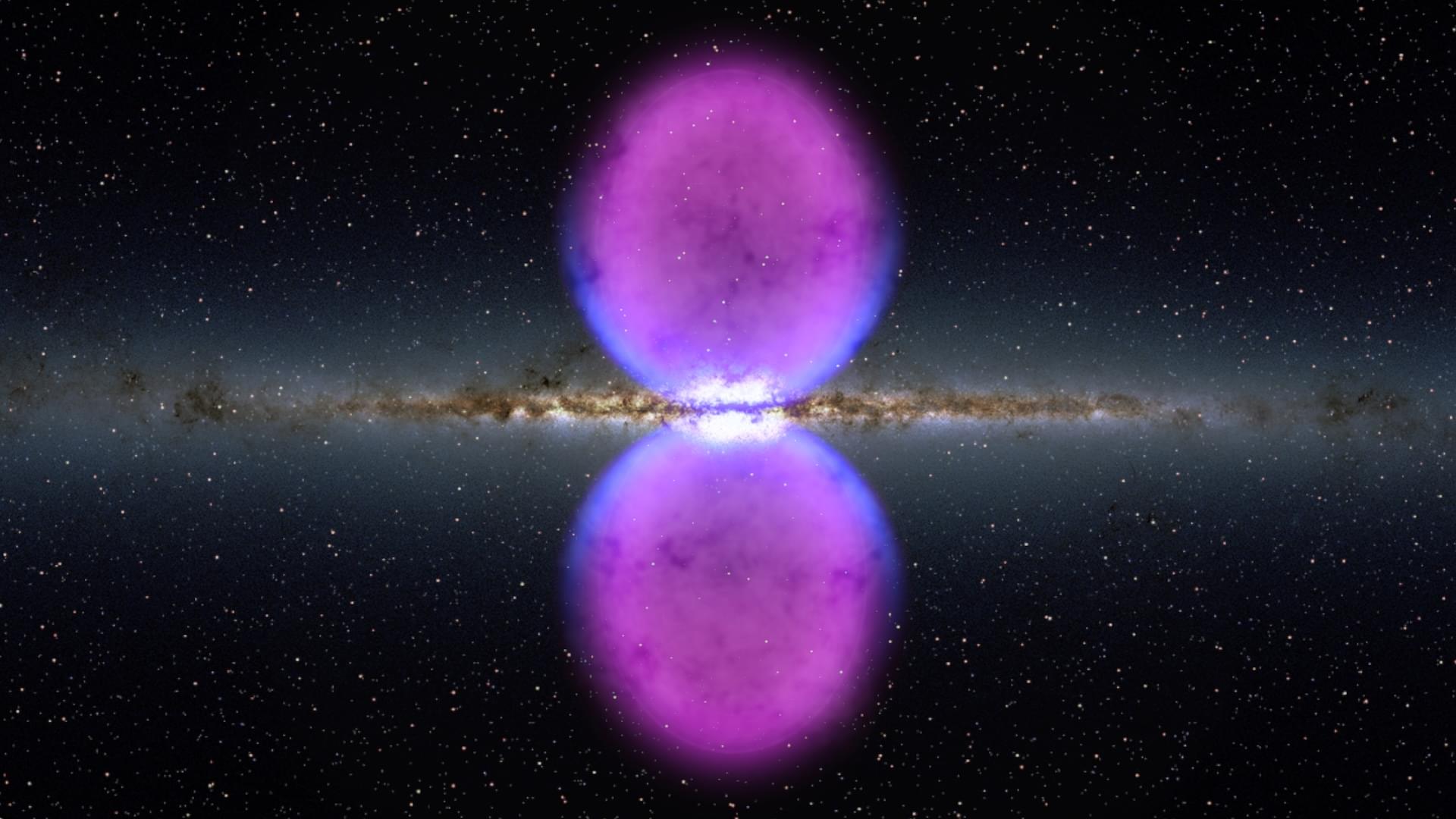

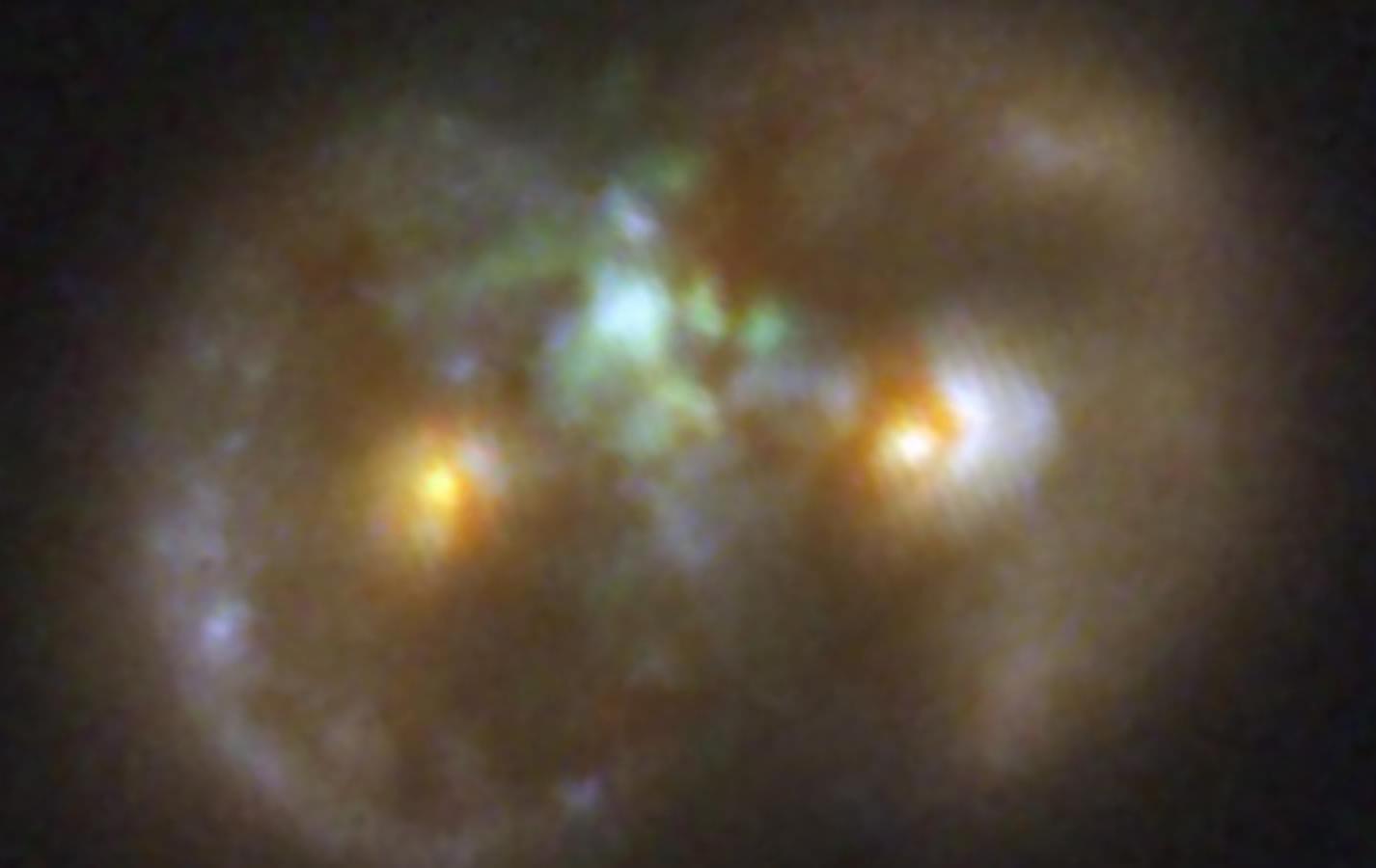
The researchers behind these findings uncovered the Infinity Galaxy while examining images from the JWST’s 255-hour treasury COSMOS-Web survey. In addition to the suspected direct collapse black hole that sits between the colliding galaxies, the team found that each nucleus of those galaxies also contains a supermassive black hole!
“Everything is unusual about this galaxy. Not only does it look very strange, but it also has this supermassive black hole that’s pulling a lot of material in,” team leader and Yale University researcher Pieter van Dokkum said in a statement. “The biggest surprise of all was that the black hole was not located inside either of the two nuclei but in the middle.
We asked ourselves: How can we make sense of this?
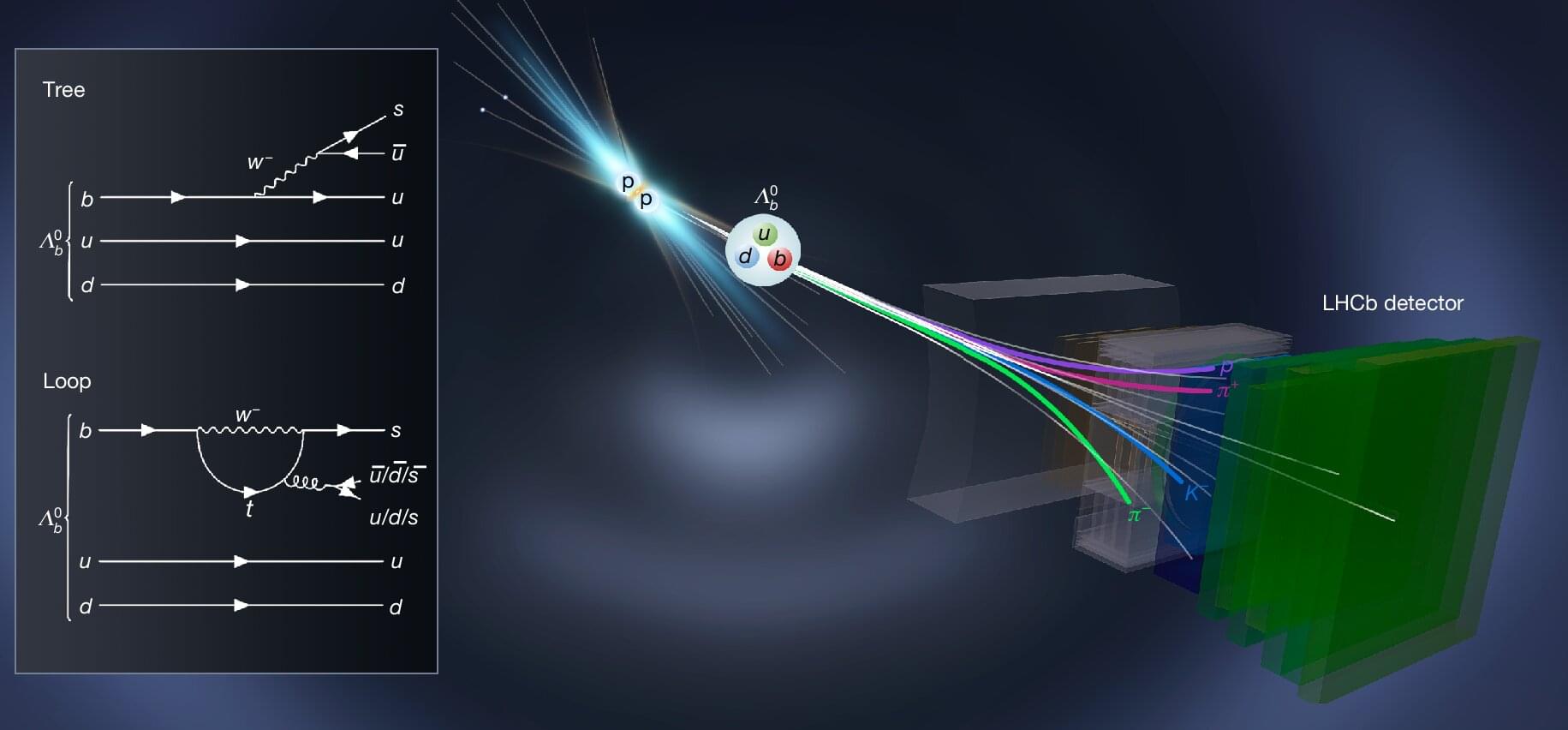
The first-known observations of matter–antimatter asymmetry in a decaying composite subatomic particle that belongs to the baryon class are reported from the LHCb experiment located at the Large Hadron Collider at CERN. This effect, known as charge–parity (CP) violation, has been theoretically predicted, but hitherto escaped observation in baryons. The experimental verification of this asymmetry violation in baryons, published in Nature this week, is important as baryons make up most of the matter in the observable universe.
Cosmological models suggest that matter and antimatter were created in equal amounts at the Big Bang, but in the present-day universe matter seems to dominate antimatter. This imbalance is thought to be driven by differences in the behavior of matter and antimatter: a violation of symmetry known as CP violation.
This effect has been predicted by the Standard Model of physics and observed experimentally in subatomic particles called mesons more than 60 years ago, but never previously observed in baryons. As opposed to mesons, which are formed by two quarks, baryons are formed by three quarks—particles that make up most of matter such as neutrons and protons are baryons.
Physicist and fusion researcher Eric Lerner presents a sweeping critique of the Big Bang theory and the standard model of cosmology at Demysticon 25. He builds on the foundations of plasma physics and the work of Nobel laureate Hannes Alfvén to outline an alternative cosmological framework rooted in known physical laws—gravity, nuclear fusion, and electromagnetic plasma behavior—rather than hypothetical concepts like dark matter, dark energy, or cosmic inflation. He explores how filamentary plasma structures may account for galaxy formation, how fusion research using dense plasma focus devices parallels cosmic processes, and how the cosmic microwave background may not be relic radiation from a singular origin. Merging astrophysics, plasma cosmology, and energy research, this talk reframes the origin and structure of the universe—and calls into question the prevailing narratives at the heart of modern theoretical physics.
PATREON
/ demystifysci.
PARADIGM DRIFT
https://demystifysci.com/paradigm-dri… Go! Introduction the Big Bang Debate 00:03:57 Eric Lerner’s Perspective on Cosmic Evolution 00:04:21 The Pinch Effect and Electrical Currents in Plasmas 00:10:27 Evolutionary Hierarchies and Cosmic Filaments 00:14:50 Interplay of Forces in Structure Formation 00:18:14 Evidence of Filaments Across Scales 00:25:04 Dynamics of Galaxy Formation and Star Development 00:29:08 Cosmic Microwave Background and Element Formation 00:30:29 The Formation and Properties of Early Galaxies 00:35:22 Energy Flows and the Cosmic Evolution Crisis 00:39:58 Plasma Focus Devices and Fusion Energy Research 00:41:16 Q&A Understanding Galaxy Components and Rotation 00:51:33 Q&A The Implications of Missing Gravity and Galaxy Dynamics 00:58:07 Q&A Gravitational Lensing and Mass Distribution 01:00:32 Q&A Lensing and Galactic Observations 01:02:04 Q&A Fractal Patterns in Cosmology #cosmology, #space, #galaxyformation, #gravitationalwaves, #cosmicstructures, #astrophysics, #fusionenergy, #magneticfields, #spacephysics, #electricuniverse, #criticalthinking #philosophypodcast, #sciencepodcast, #longformpodcast ABOUS US: Anastasia completed her PhD studying bioelectricity at Columbia University. When not talking to brilliant people or making movies, she spends her time painting, reading, and guiding backcountry excursions. Shilo also did his PhD at Columbia studying the elastic properties of molecular water. When he’s not in the film studio, he’s exploring sound in music. They are both freelance professors at various universities. PATREON: get episodes early + join our weekly Patron Chat https://bit.ly/3lcAasB MERCH: Rock some DemystifySci gear : https://demystifysci.myspreadshop.com… AMAZON: Do your shopping through this link: https://amzn.to/3YyoT98 DONATE: https://bit.ly/3wkPqaD SUBSTACK: https://substack.com/@UCqV4_7i9h1_V7h… BLOG: http://DemystifySci.com/blog RSS: https://anchor.fm/s/2be66934/podcast/rss MAILING LIST: https://bit.ly/3v3kz2S SOCIAL:
MUSIC:-Shilo Delay: https://g.co/kgs/oty671
00:00 Go! Introduction the Big Bang Debate.
00:03:57 Eric Lerner’s Perspective on Cosmic Evolution.
00:04:21 The Pinch Effect and Electrical Currents in Plasmas.
00:10:27 Evolutionary Hierarchies and Cosmic Filaments.
00:14:50 Interplay of Forces in Structure Formation.
00:18:14 Evidence of Filaments Across Scales.
00:25:04 Dynamics of Galaxy Formation and Star Development.
00:29:08 Cosmic Microwave Background and Element Formation.
00:30:29 The Formation and Properties of Early Galaxies.
00:35:22 Energy Flows and the Cosmic Evolution Crisis.
00:39:58 Plasma Focus Devices and Fusion Energy Research.
00:41:16 Q&A Understanding Galaxy Components and Rotation.
00:51:33 Q&A The Implications of Missing Gravity and Galaxy Dynamics.
00:58:07 Q&A Gravitational Lensing and Mass Distribution.
01:00:32 Q&A Lensing and Galactic Observations.
01:02:04 Q&A Fractal Patterns in Cosmology.
#cosmology, #space, #galaxyformation, #gravitationalwaves, #cosmicstructures, #astrophysics, #fusionenergy, #magneticfields, #spacephysics, #electricuniverse, #criticalthinking #philosophypodcast, #sciencepodcast, #longformpodcast.
ABOUS US: Anastasia completed her PhD studying bioelectricity at Columbia University. When not talking to brilliant people or making movies, she spends her time painting, reading, and guiding backcountry excursions. Shilo also did his PhD at Columbia studying the elastic properties of molecular water. When he’s not in the film studio, he’s exploring sound in music. They are both freelance professors at various universities.
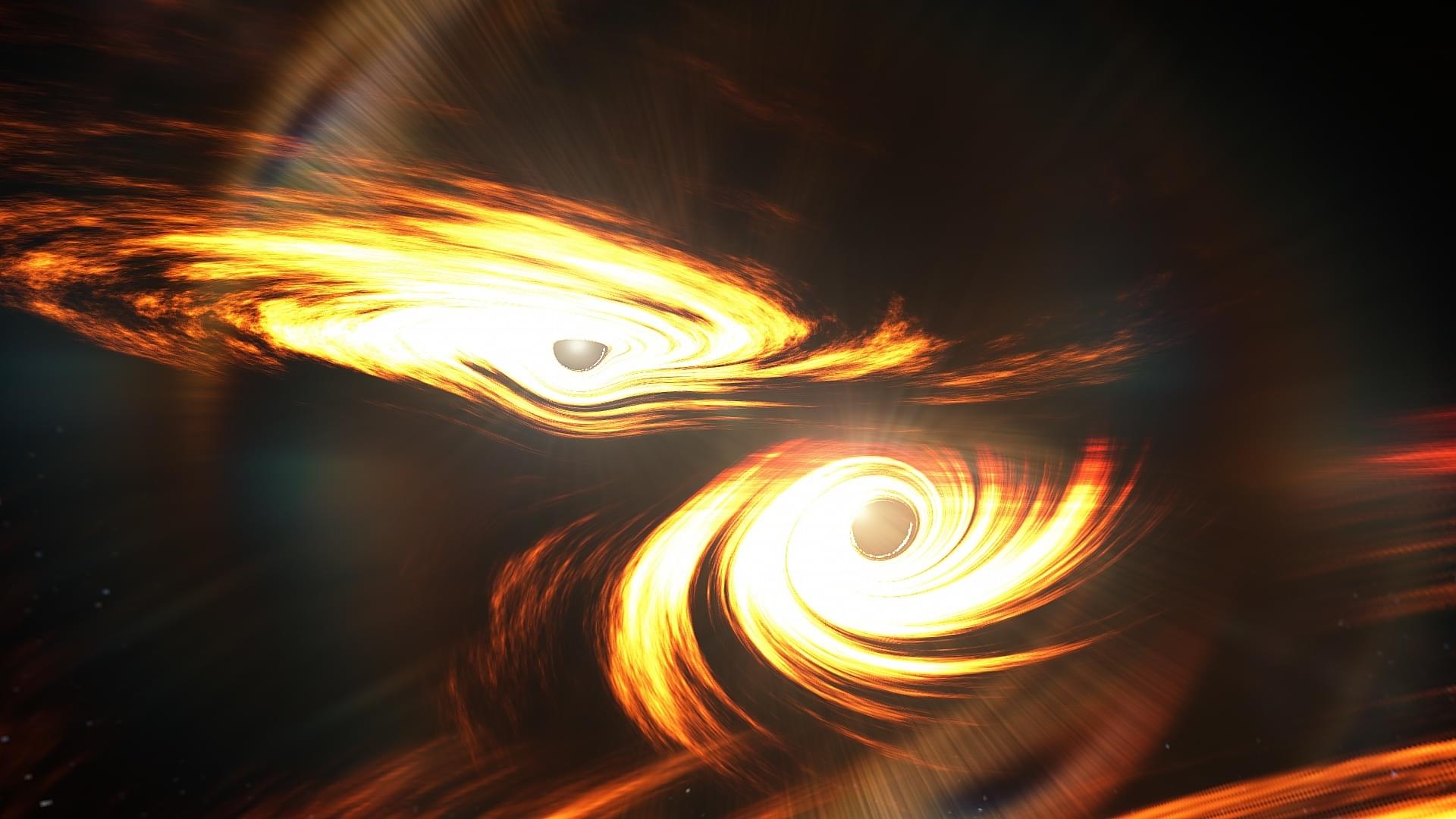
These black holes were whirling at speeds nearly brushing the limits of Einstein’s theory of general relativity, forcing researchers to stretch existing models to interpret the signal.
Breathtaking images of gamma-ray flare from supermassive black hole M87
“Black holes this massive are forbidden by standard stellar evolution models,” says Professor Mark Hannam from Cardiff University. “One explanation is that they were born from past black hole mergers, a cosmic case of recursion.”
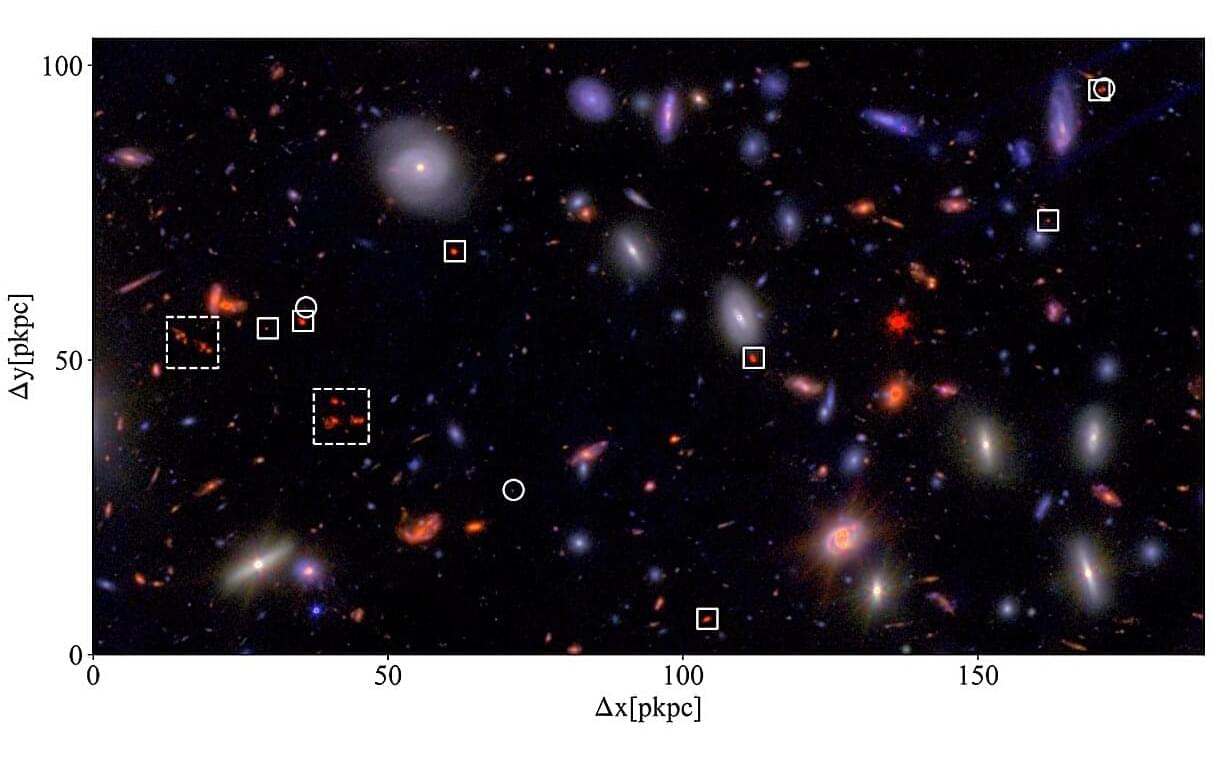
Using the James Webb Space Telescope (JWST), an international team of astronomers has performed deep and high spectral resolution imaging of a distant protocluster of galaxies, designated A2744-z7p9OD. Results of the new observations, published July 8 on the arXiv preprint server, shed more light on the properties of this protocluster, revealing that it hosts a remarkably evolved core.
Galaxy clusters are collections of hundreds to thousands of galaxies bound together by gravity. Such clusters are the most immense gravitationally bound structures in the universe, and therefore they could serve as excellent laboratories for studying galaxy evolution and cosmology.
Of special interest for astronomers are studies of protoclusters of galaxies—the progenitors of clusters. These objects, found at high redshifts (over 2.0), could provide essential information about the early phases of the universe.
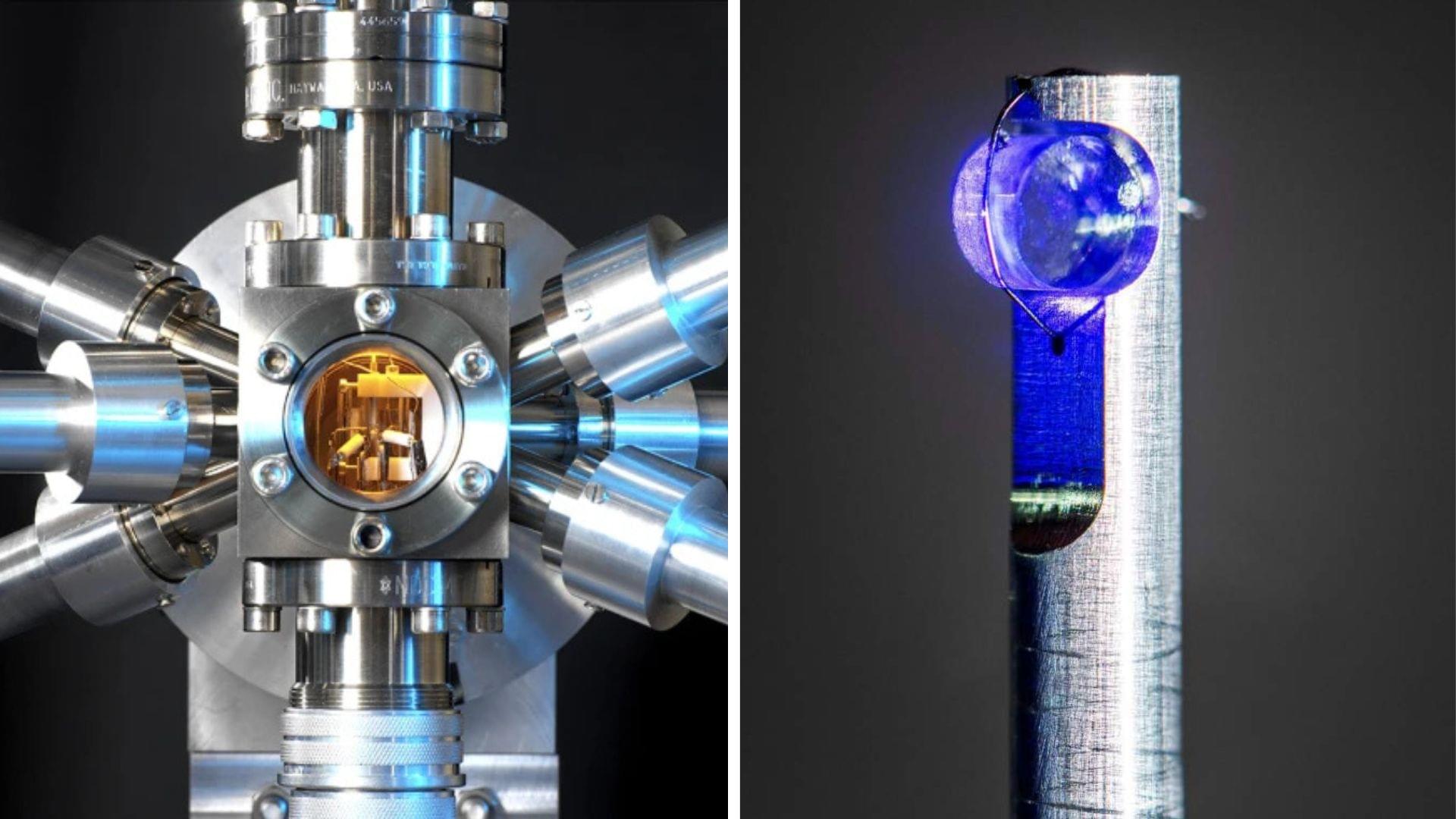
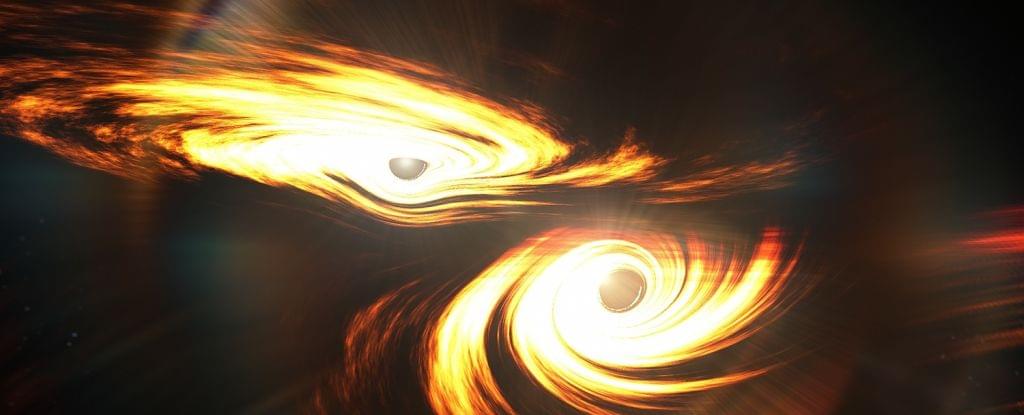
Two black holes have collided in a merger that could revolutionize our understanding of black hole growth.
Named GW 231,123 after the date it was recorded on 23 November 2023, it’s the most massive black hole collision we’ve seen yet, resulting in an object heavier than 225 Suns.
Previously, the most massive black hole collision produced an object 142 times the mass of the Sun.

A team of researchers have made progress in understanding how some of the Universe’s heaviest particles behave under extreme conditions similar to those that existed just after the Big Bang.
A study published in Physics Reports provides new insights into the fundamental forces that shaped our Universe and continues to guide its evolution today.
The research, conducted by an international team from the University of Barcelona, the Indian Institute of Technology, and Texas A&M University, focuses on particles containing heavy quarks, the building blocks of some of the most massive particles in existence.
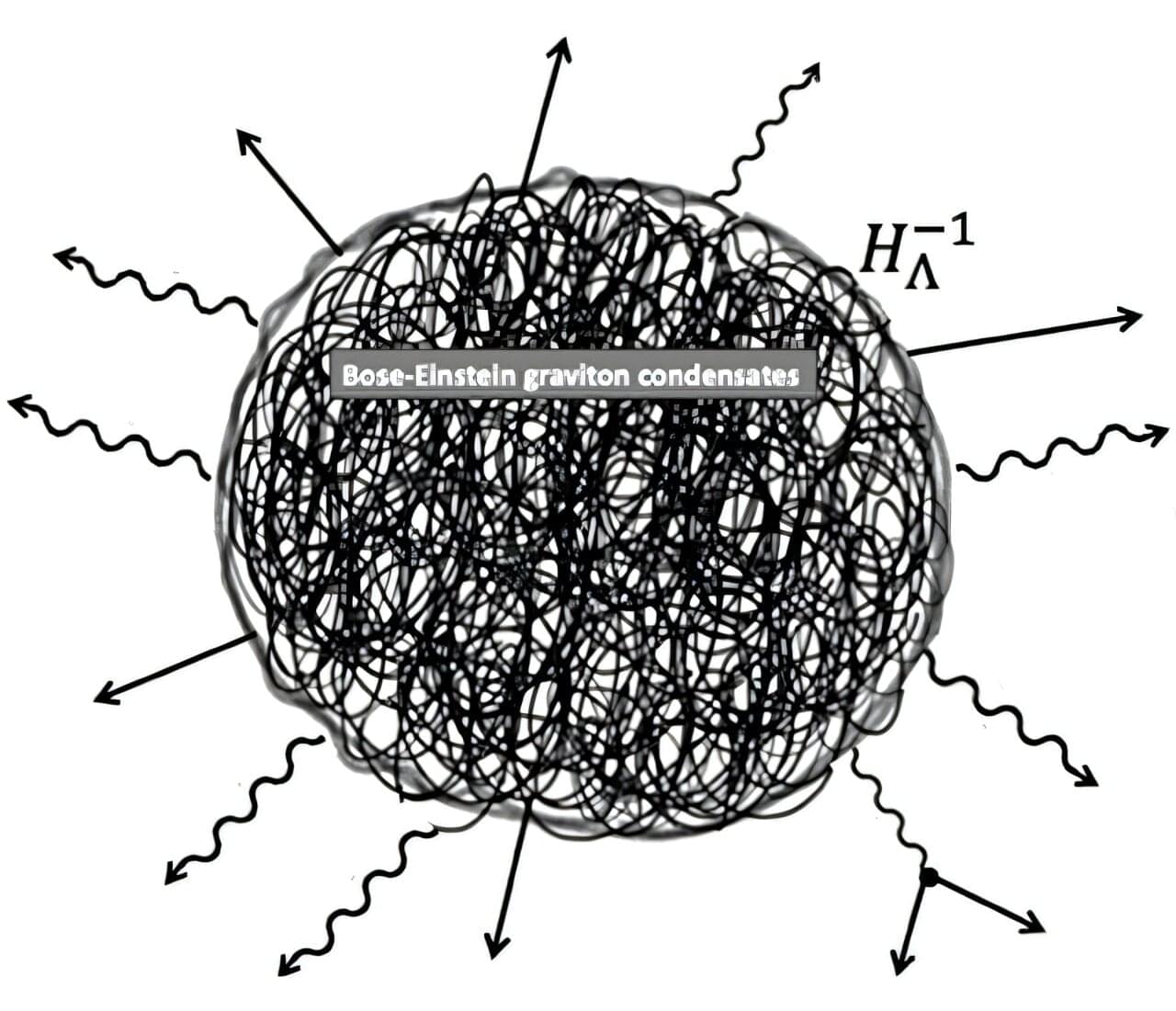
A team of scientists led by expert Raúl Jiménez, ICREA researcher at the University of Barcelona’s Institute of Cosmos Sciences (ICCUB), in collaboration with the University of Padua (Italy), has presented a revolutionary theory about the origins of the universe. The study, published in the journal Physical Review Research, introduces a radical change in the understanding of the first moments after the Big Bang, without relying on the speculative assumptions that physicists have traditionally assumed.
For decades, cosmologists have worked under the inflationary paradigm, a model that suggests that the universe expanded extremely rapidly, in a fraction of a second, thus paving the way for everything we observe today. But this model includes too many adjustable parameters—the free parameters—which can be modified. Scientifically, this poses a problem, as it makes it difficult to know whether a model is truly predicting or simply adapting to the data.
In a significant breakthrough, the team has proposed a model in which the early universe does not require any of these arbitrary parameters. Instead, it begins with a well-established cosmic state called De Sitter space, which is consistent with current observations of dark energy.